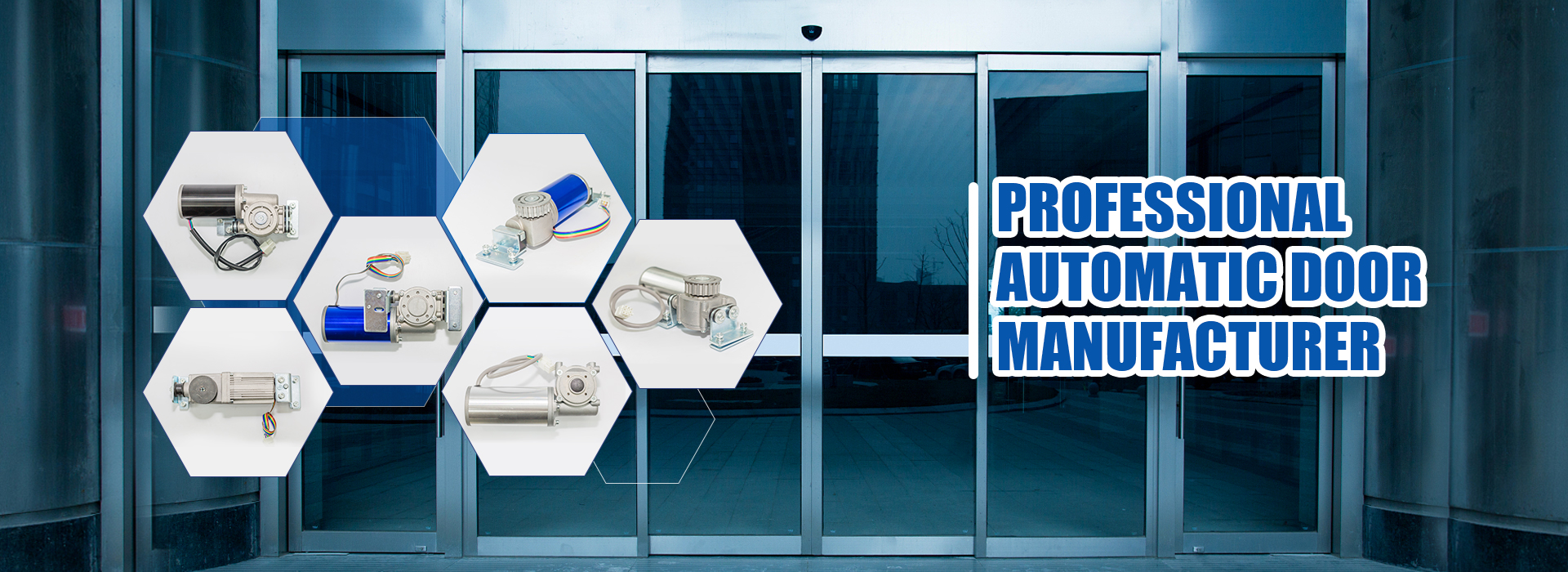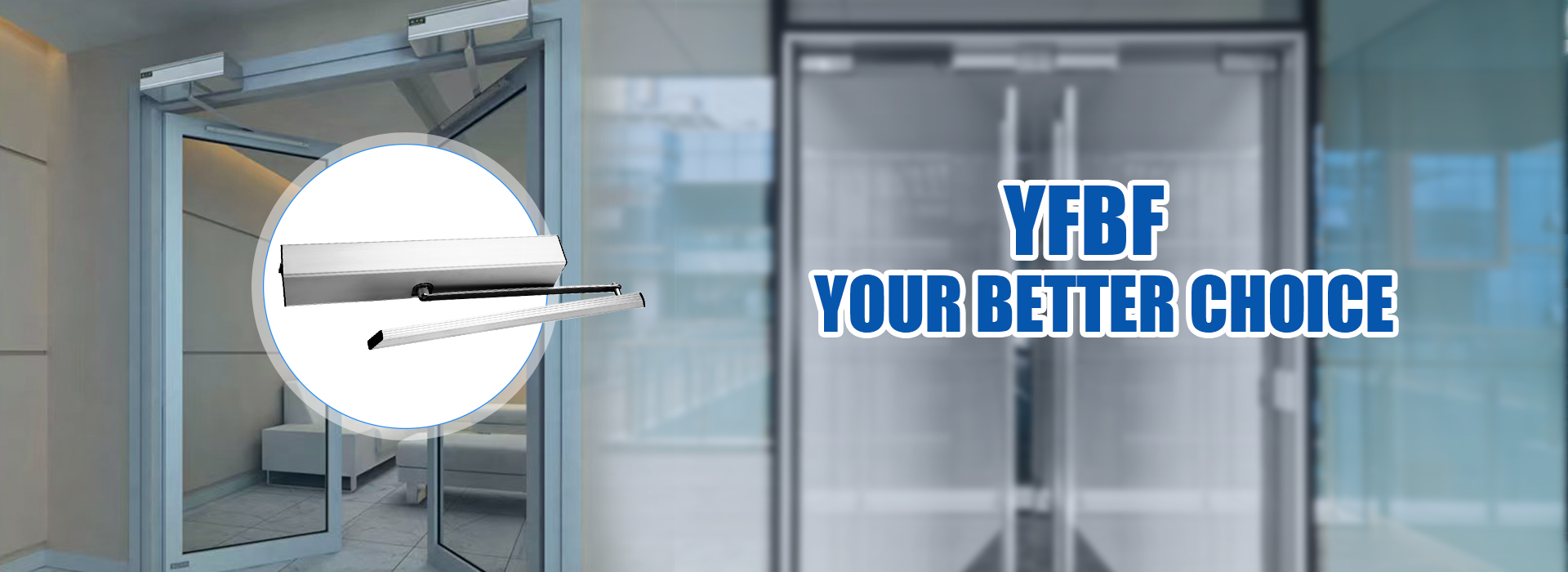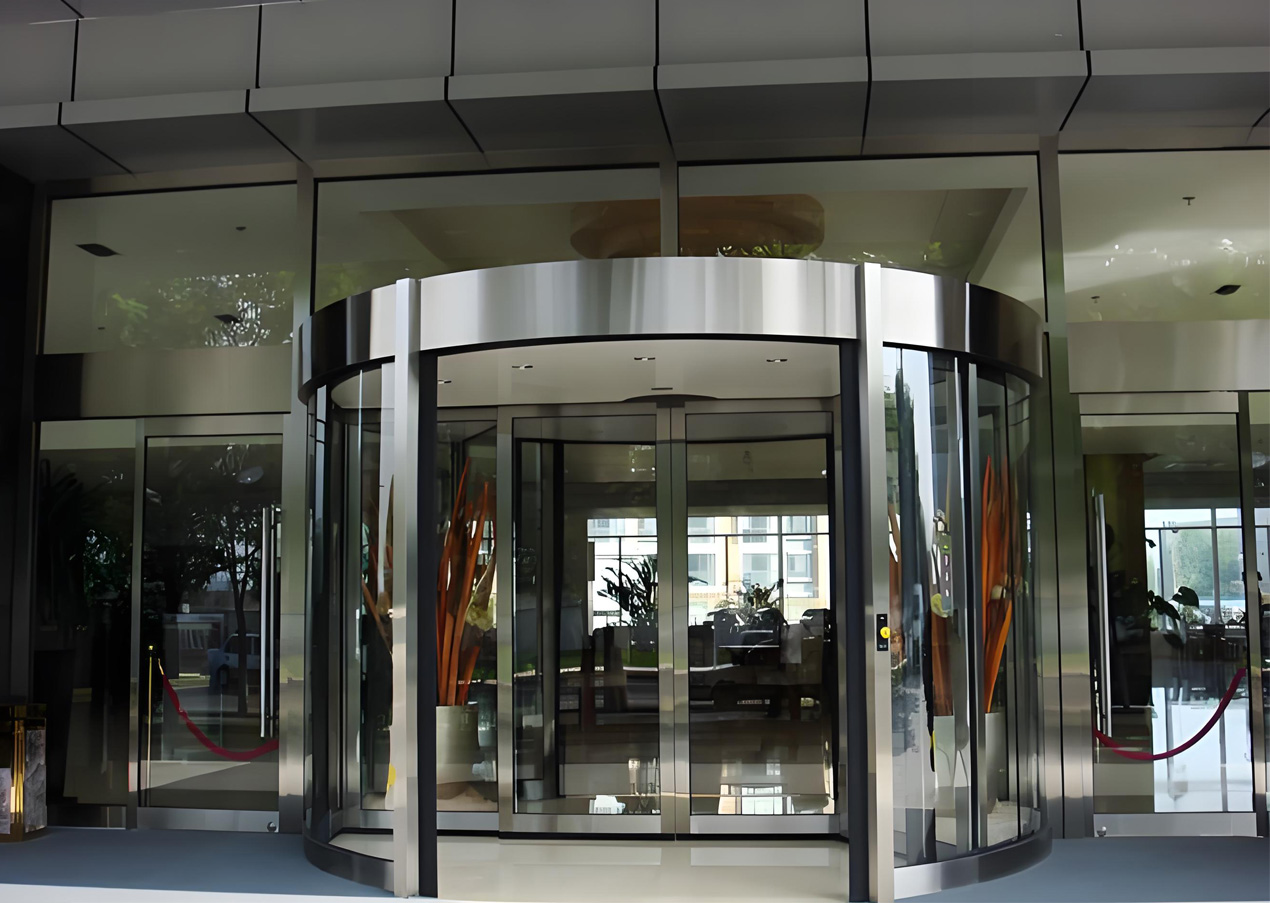
Safety beam sensors act like vigilant guardians. They prevent accidents and protect both people and property. These sensors tackle critical issues, including unauthorized access, collision prevention, and ensuring safety in automated environments. With their help, everyone can feel more secure.
Key Takeaways
- Safety beam sensors prevent accidents by detecting obstacles and stopping machinery or doors when the beam is interrupted.
- These sensors enhance safety for children and pets by stopping doors from closing, reducing the risk of injuries.
- Investing in safety beam sensors improves safety and peace of mind, making environments safer for everyone.
Preventing Accidents with Safety Beam Sensors
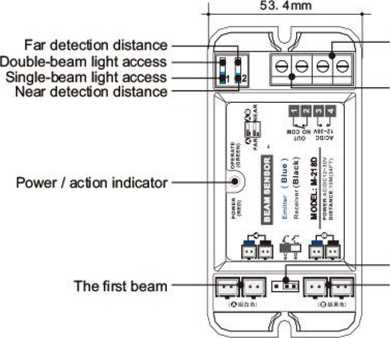
Collision Detection
Safety beam sensors serve as the watchful eyes in various environments, especially in industrial settings. They utilize infrared light beams to create a protective barrier. When someone or something interrupts this barrier, the system springs into action. It activates safety protocols, such as shutting down machinery or issuing alerts. This mechanism is crucial for preventing collisions and ensuring a safe working environment.
In fact, safety beam sensors outperform many other accident prevention technologies. A comparison reveals their effectiveness:
| Technology Type | Effectiveness (%) |
|---|---|
| Roadside Cameras | 82.7 |
| Roadside LiDARs | 74.1 |
| Roadside Millimeter-Wave Radars | 57.2 |
| Frontal Cameras | 24.3 |
| Frontal Millimeter-Wave Radars | 19.6 |
| Frontal LiDARs | 35.1 |
| Vehicle-Side Sensors | Lower effectiveness compared to roadside technologies |
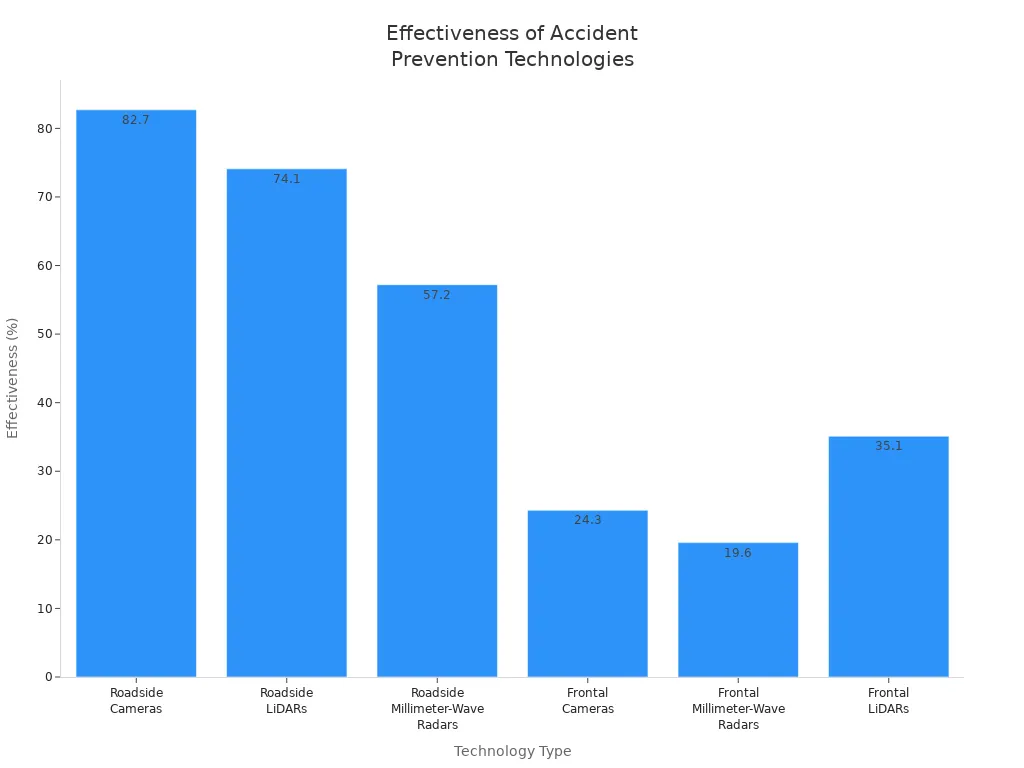
This data highlights the importance of safety beam sensors in collision detection, making them a vital component in automated environments.
Emergency Stop Functionality
When it comes to emergency situations, safety beam sensors shine brightly. They feature a trip function that stops machinery immediately upon detecting the entry of a person into a hazardous zone. This quick response can prevent serious injuries and save lives.
The reliability of these sensors is backed by several key features:
| Feature | Description |
|---|---|
| Trip Function | Stops the machine when detecting entry of a person. |
| Safety Light Curtain | Detects operators entering hazard zones by light beams and stops the machine before harm occurs. |
| Diagnostic System | Constantly checks for internal faults to ensure safe operation. |
| Compliance Standards | Adheres to safety standards like IEC 61496, ensuring reliability in hazardous situations. |
| Dual CPUs | Utilizes dual CPUs for mutual checking to enhance reliability. |
| Redundant Signal Processing | Employs redundant signal processing to maintain safety even in case of faults. |
| FMEA | Failure Mode & Effects Analysis used to demonstrate safe operation and maintain safety. |
These features ensure that safety beam sensors not only detect potential hazards but also respond effectively, making them indispensable in environments where safety is paramount.
Protecting Vulnerable Individuals with Safety Beam Sensors
Safety beam sensors act as guardians for the most vulnerable among us—children and pets. These sensors create a protective barrier that helps prevent accidents in homes and public spaces. With their advanced technology, they ensure that little ones and furry friends stay safe from potential hazards.
Safety for Children and Pets
Imagine a busy household where children and pets roam freely. Safety beam sensors play a vital role in keeping them out of harm’s way. They detect obstacles in the path of automatic doors, preventing closure and potential injury. This feature is especially important in homes with active kids and playful pets.
Here are some key safety features of these sensors:
| Safety Feature | Description |
|---|---|
| Anti-pinch Mechanism | The safety beam sensor detects obstacles, stopping doors from closing. |
| Infrared Signal | The system uses an infrared signal to create a light path that triggers a safety response when interrupted. |
These features significantly reduce the risk of injuries. For instance, safety sensors prevent accidents involving children and pets by stopping garage doors from closing when an object is detected. They act as a threshold; if broken, they prevent the door from closing. This is particularly valuable in homes where little ones and pets play.
- Safety sensors cause doors to reverse when obstructed.
- They provide timely alerts, enhancing overall safety for users.
- The system contributes to improved productivity and economic status for farmworkers.
Accessibility for Individuals with Disabilities
Safety beam sensors also enhance accessibility for individuals with disabilities. They ensure that automatic doors operate smoothly, allowing easy entry and exit without the need for physical effort. This technology empowers individuals, giving them the freedom to navigate their environments confidently.
In addition, these sensors can be integrated into various systems, making them adaptable to different needs. They can be programmed to respond to specific signals, ensuring that individuals with disabilities receive the assistance they require.
By creating a safer and more accessible environment, safety beam sensors promote independence and dignity for all users. They help eliminate barriers, allowing everyone to enjoy their surroundings without fear of accidents.
Ensuring Safe Operation of Automatic Doors with Safety Beam Sensors
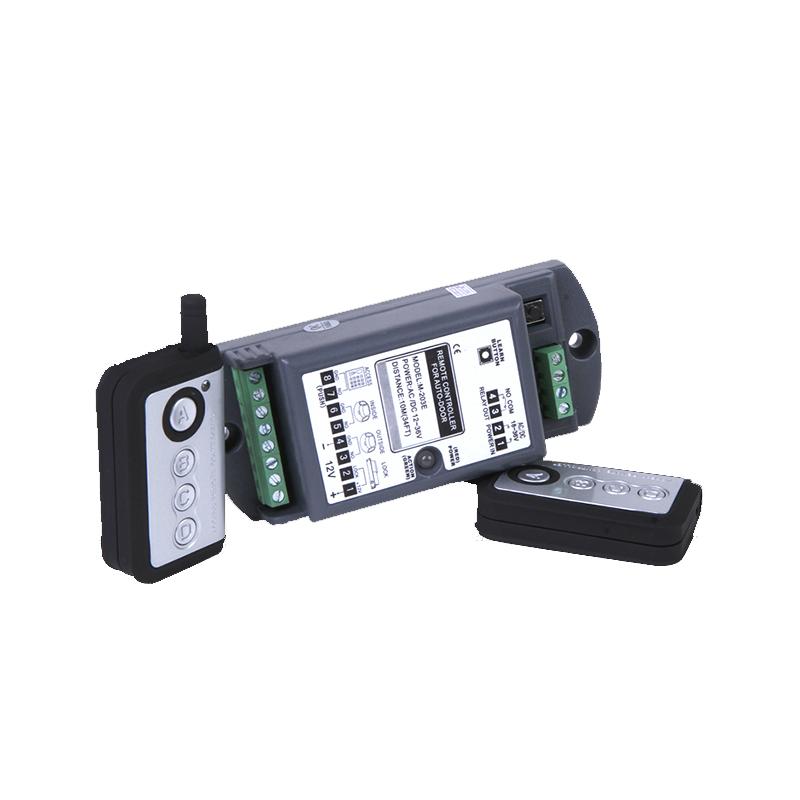
Preventing Door-Related Injuries
Automatic doors can be a source of injuries if not properly equipped. Safety beam sensors play a crucial role in preventing these accidents. They detect the presence of people or objects in the door’s path, ensuring that doors do not close on anyone. Here are some common types of injuries caused by automatic doors and how safety beam sensors help mitigate these risks:
| Type of Injury | Description |
|---|---|
| Sensor Failures | Misaligned sensors or obstructions can prevent doors from detecting people or objects. |
| Misalignment | Doors may not open or close properly, leading to potential injuries. |
| Environmental Challenges | External factors can affect door functionality, increasing the risk of accidents. |
| Human Error | Misunderstanding door operation can lead to collisions with the door. |
| Vulnerable Populations | Children and older adults face heightened risks if safety standards are not met. |
| Technical and Mechanical Issues | Malfunctioning sensors can cause doors to close unexpectedly on individuals. |
| Design Flaws | Poor design can lead to increased risk of injury during door operation. |
| Neglected Safety Standards | Lack of maintenance can result in unsafe door operations, leading to accidents. |
By ensuring that doors remain open when someone approaches, safety beam sensors significantly reduce the risk of injuries.
Enhancing User Experience
Safety beam sensors not only protect but also enhance the user experience with automatic doors. They provide seamless access, making life easier for everyone. Here’s how they contribute to a smoother experience:
- Safety beam sensors detect obstacles, preventing doors from closing on people, pets, or objects.
- They can reverse the door’s movement if an obstruction is detected, enhancing safety.
- The sensors react in less than 100 milliseconds, ensuring quick responses in busy environments.
- They protect children and pets by detecting small intrusions, thanks to their high sensitivity.
With these features, safety beam sensors create a welcoming environment. They ensure that users can move freely without fear of accidents.
Safety beam sensors stand as vital protectors in many settings. They prevent accidents and safeguard individuals. Investing in these sensors enhances safety and peace of mind.
Remember: A small investment in safety can lead to big savings in injuries and damages!
Post time: Sep-25-2025

